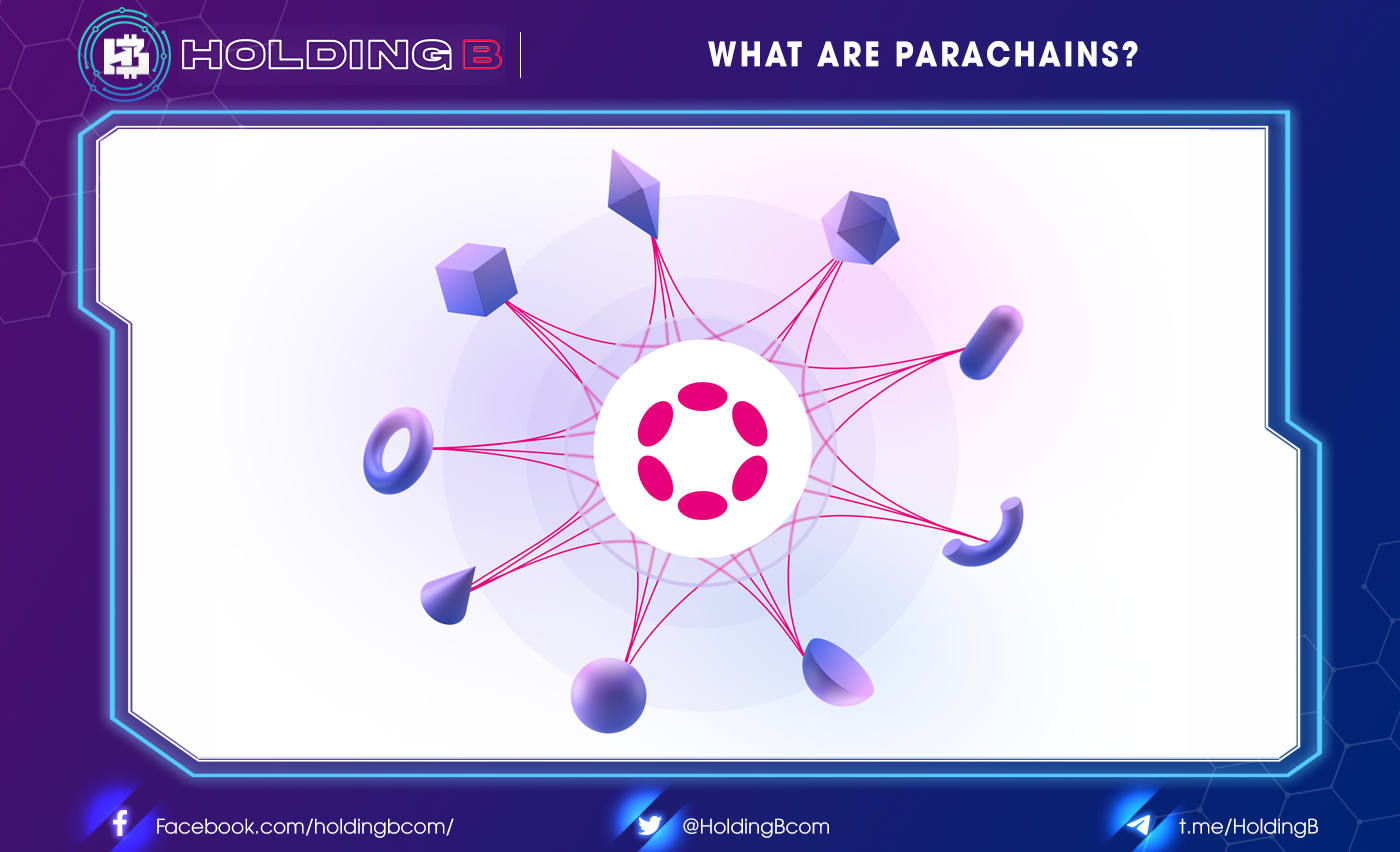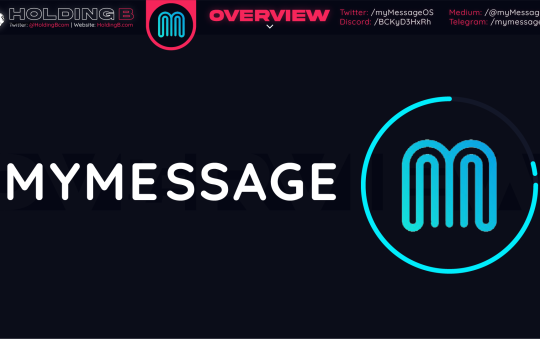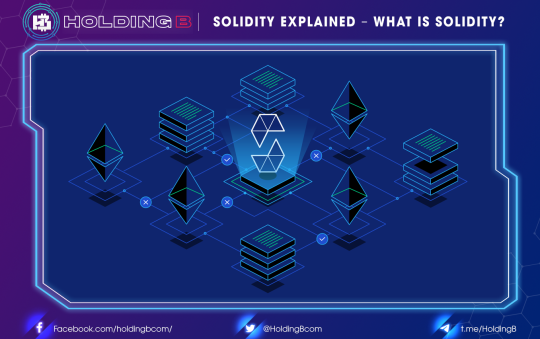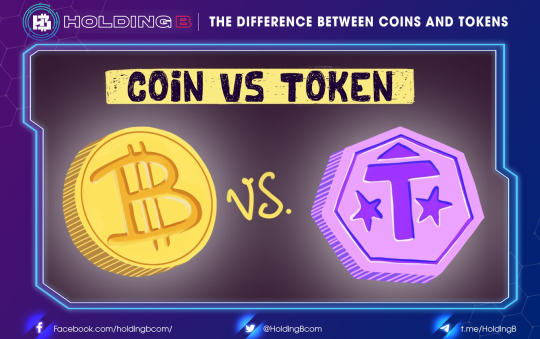To become a parachain on Polkadot’s network, a project basically has to go through a lot of testnet processes. Specifically, a project will go through: Testnet Rococo -> Parachain Auction on kusama -> Parachain Auction on Polkadot. Each project must pass the above basic processes to be upgraded to Parachain on Polkadot. In this article we will learn about the main content of Parachain Auction on Polkadot.
Please see the projects that have successfully auctioned parachain here
Overview
What are Parachains ?
Parachains are each blockchain branch connected to the Polkadot’s main Relay Chain, They share and benefit from Polkadot’s security, scalability, interoperability, and governance.
Parachains are essentially fully functional blockchains that run alongside Polkadot’s main Relay Chain, but developers can customize their characteristics to best suit their DApp. These positions are extremely valuable, especially for newer projects trying to build a foundation for the long term.
Parachains are understood as independent layer 1 blockchains running in parallel in the Polkadot ecosystem.
.
Advantages of Parachain on Polkadot
Becoming parachain on Polkadot will have some of the following characteristics:
- Specialization and flexibility
Polkadot’s parachain model is designed to have many different types of blockchains working together. Blockchains are capable of providing many different services.
Each parachain can have its own design, token, and governance process, optimized for specific use cases. Parachains can be run as a public or private network, as a foundation for others to build applications on for the benefit of the entire Polkadot ecosystem.
- Scalability
With a parachain model, Polkadot allows blockchains to achieve scalability at Layer 1 instead of relying on Layer 2 solutions. It is a more efficient and decentralized means of achieving on-chain scalability. Parachains allows transactions to be spread out and processed in parallel within an ecosystem of specialized layer 1 blockchains, dramatically improving throughput and scalability
- Interoperability
Polkadot’s cross-chain aggregation capabilities not only allow for the exchange of tokens, but also for any type of data, including smart contract calls, verifiable credentials, and off-chain information from oracles.
- Governance
Parachains on Polkadot are free to adopt whatever governance model they see fit and can access a number of pre-built modules for implementing different on-chain governance systems.
What are Parachain Auctions?
To understand better, we will go through each of the following concepts:
What is Parachain Slot?
Think of the Relay Chain as a central circle of Polkadot, responsible for the shared security, consensus, and cross-chain interoperability of the network. On this Relay Chain central ring there will be parachains slots, and any layer 1 blockchain projects that can connect to this slot will be called parachains.
Parachain slot is a scarce resource on Polkadot and will only have a limited amount (there are about 100 parachain slots available on Polkadot), the number of parachains increases but maybe only a few slots are unlocked every few months time.
And to be fair, a blockchain project that wants to win a parachain slot or become a parachain must win a parachain auction
What are Parachain Auctions?
Parachain Auctions are auctions held on Polkadot’s relay chain to determine which blockchain to connect to the parachain slot. Bidding projects using DOT. Usually, the person with the highest bid wins the parachain slot.
Project developers can raise DOT in the form of Crowdloans, which is a form of crowdfunding from their community or investors interested in the project. They must lock the DOT token until the end of the auction.
If the project loses then the tokens will be refunded to all Crowdloans participants.
If the project wins the auction, then all DOT tokens will be locked by Relay Chain for the duration of the parachain slot lease. And at the end of the lease, the tokens are returned to the original owner.
In order to encourage more people to lock DOT, projects will reward participants with that project’s tokens.
Parachain auction mechanism
The parachain slots will be sold in a candle auction. The auction process usually lasts 1 week on Polkadot.
Candlestick auctions are a variation of open auctions in which bidders submit higher and higher bids and the highest bidder at the end of the auction is considered the winner.
If everyone knows the end time of an auction, it is possible that the auctioneers wait until the end of the auction time to bid higher,,leaving the rest no time to bid even higher
So the mechanism of candle auction is that people know the start time and end time but they don’t know the actual retroactive end time.
Only after the end time has elapsed will the project know when the retroactive end time has occurred. The highest bid before this retroactive end time wins.
Once a winner is determined, the project that won the parachain slot will be able to upgrade their blockchain to parachain.
Note that aside from the candle auction, getting the parachain slot is through the secondary market. Specifically, if someone has won a parachain slot, it is possible to resell that position along with the associated DOT deposit locked up to another buyer.
Auction Timetable
Each auction takes place over the course of 1 week and assigns a total slot duration of 96 weeks (divided into 8 12-week lease periods). The schedule is determined via Polkadot’s on-chain governance community.
Each auction has an ending period that begins approximately 1 day and 21 hours after the start of the auction and lasts until the end of the 1-week bidding period. The auction’s end point can be any time within the ending period, and is automatically and randomly chosen by the VRF at the close of the 1-week bidding period.
Conclude
Polkadot could be a potential solution to some of the problems facing blockchain today, thanks to the benefits it brings to parachains projects.
Don’t forget to follow useful articles about Crypto Market from team Holding B !!!
- Telegram Channel: https://t.me/HoldingBcom
- Telegram Group: https://t.me/HoldingB
- Website: https://holdingb.com/
- Twitter: https://twitter.com/HoldingBcom
- Facebook: https://www.facebook.com/holdingbcom





